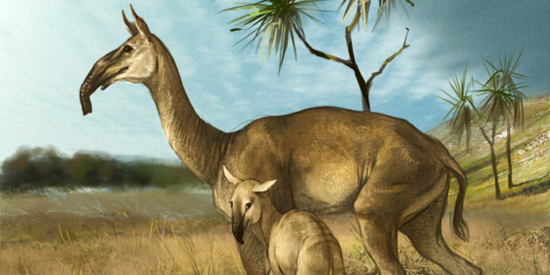Lenten Campaign 2025
This content is free of charge, as are all our articles.
Support us with a donation that is tax-deductible and enable us to continue to reach millions of readers.
When Charles Darwin saw its fossilized remains in Patagonia he called it “the strangest animal ever discovered.”
“Imagine a camel without a hump, with feet like a slender rhino, and a head shaped like a saiga antelope,” Michael Hofreiter, a professor at the University of Potsdam, told AFP.
The Macrauchenia patachonica or “long-necked llama” also had a rubbery snout, and nostril openings placed high on its skull, just above its eyes, according to the AFP report.
Now, thanks to a new kind of genetic analysis which relies on mitochondrial DNA from the maternal side of the family, scientists have been able to decode the animal’s origins.
It turns out that the Macrauchenia was no llama. It’s actually more akin to an order known as Perissodactyla that includes horses, rhinos and tapirs.
What happened to the creature, which survived until the late Pleistocene 20,000 to 11,000 years ago, is still unexplained.
“Why it disappeared we really don’t know — it is still an open question whether it was humans, climate change, or a combination of the two,” said Hofreiter.

